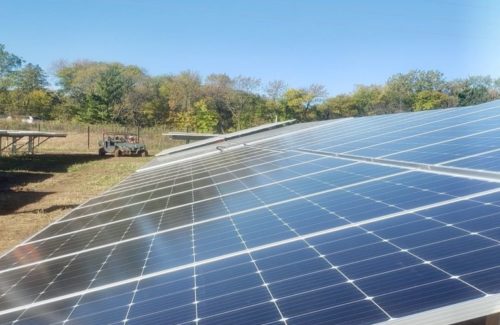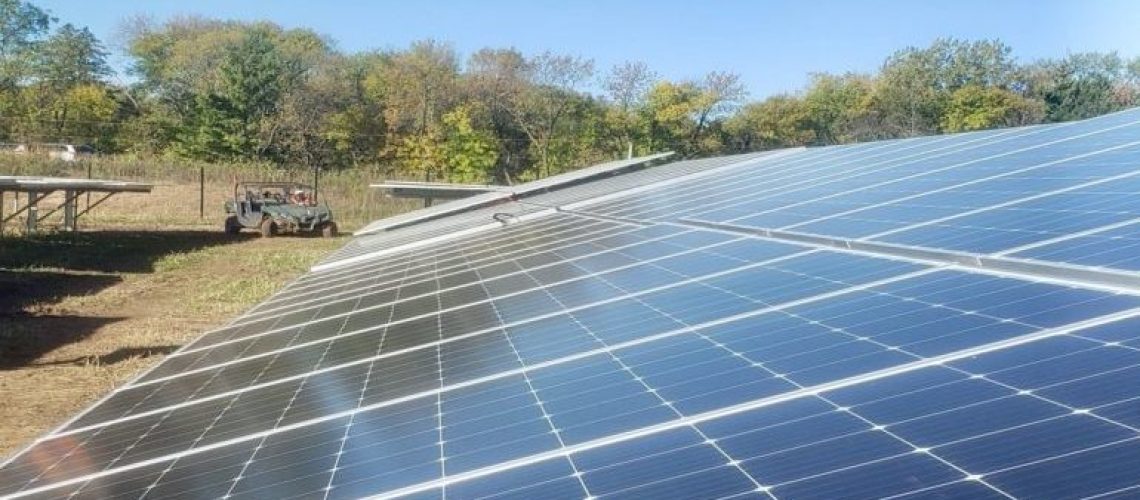
C2 Energy Capital
On April 20, the White House announced a new partnership between the U.S. Department of Energy (DOE) National Community Solar Partnership (NCSP) and the U.S. Department of Health and Human Services (HHS) that will develop and pilot a digital platform to enable more low-income households to access community solar by connecting project developers with Low-Income Home Energy Assistance Program (LIHEAP) recipients.
The LIHEAP program, run by HHS, assists eligible low-income households with home energy costs. Connecting NCSP with this existing program will reduce the cost of customer acquisition, lower low-income household electricity bills, and speed the deployment of community solar projects.
Community solar programs make solar more accessible to all Americans, particularly to those with low-to-moderate incomes because it allowed energy users to subscribe to a shared system of solar panels, often located within their community. At least 21 states and the District of Columbia have developed community solar-related programs that have direct carve-outs for low-and-moderate income customers.
A persistent problem identified by community solar developers is identifying subscribers that meet income eligibility requirements. Access to pre-qualified applicants through LIHEAP could fill a portion of subscriptions for community solar systems while delivering energy assistance and providing long-term energy burden reductions.
A collaborative team from NCSP, HHS, the National Renewable Energy Laboratory, and Lawrence Berkeley National Laboratory will develop the platform. The team will coordinate with utilities, state and local governments, and industry, and plans to pilot the platform in three to five states as part of the NCSP States Collaborative. This partnership will support NCSP’s target to enable community solar systems to power the equivalent of 5 million households and create $1 billion in energy bill savings by 2025.
To join the partnership, click here.
News item from the Dept. of Energy



